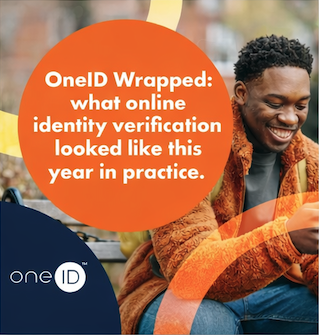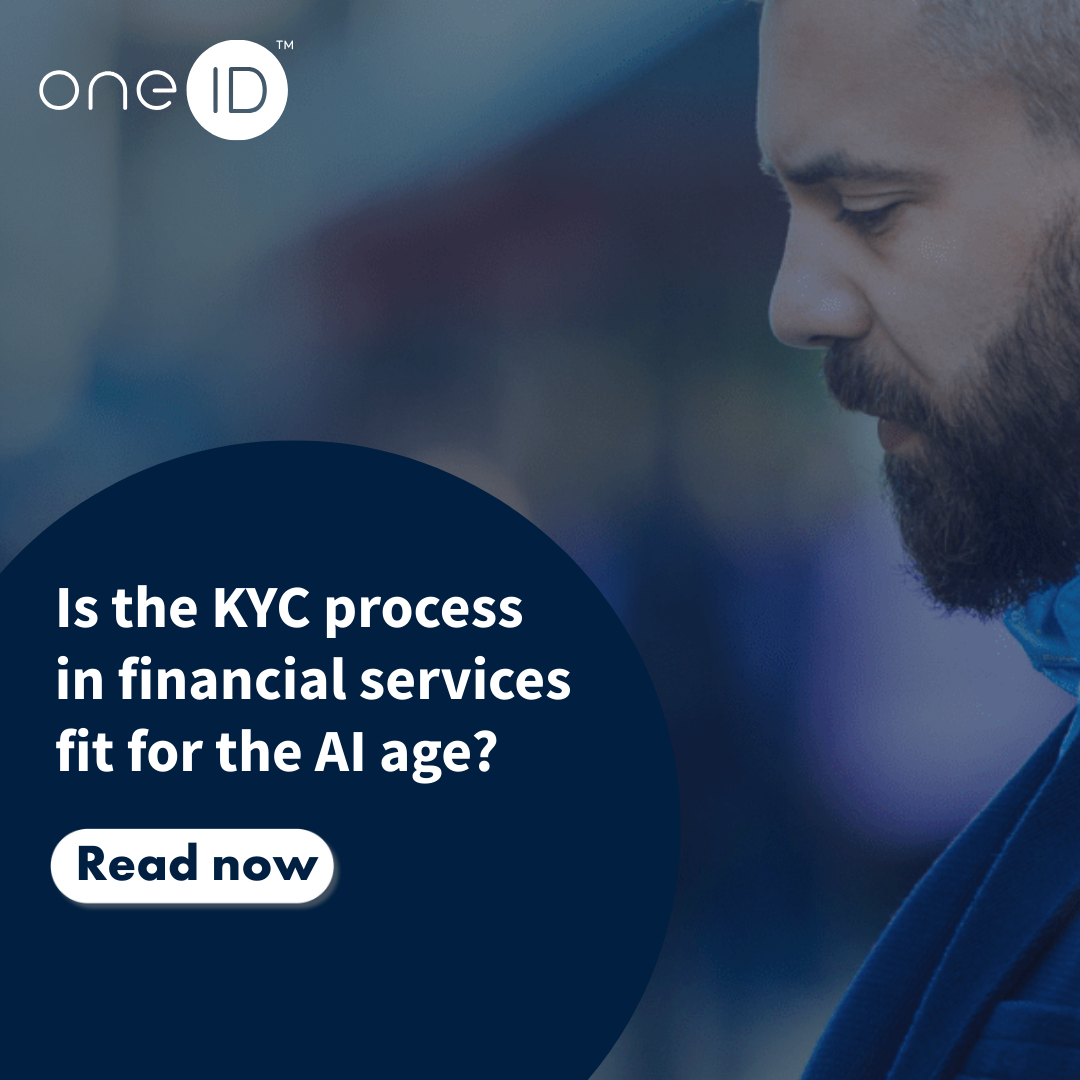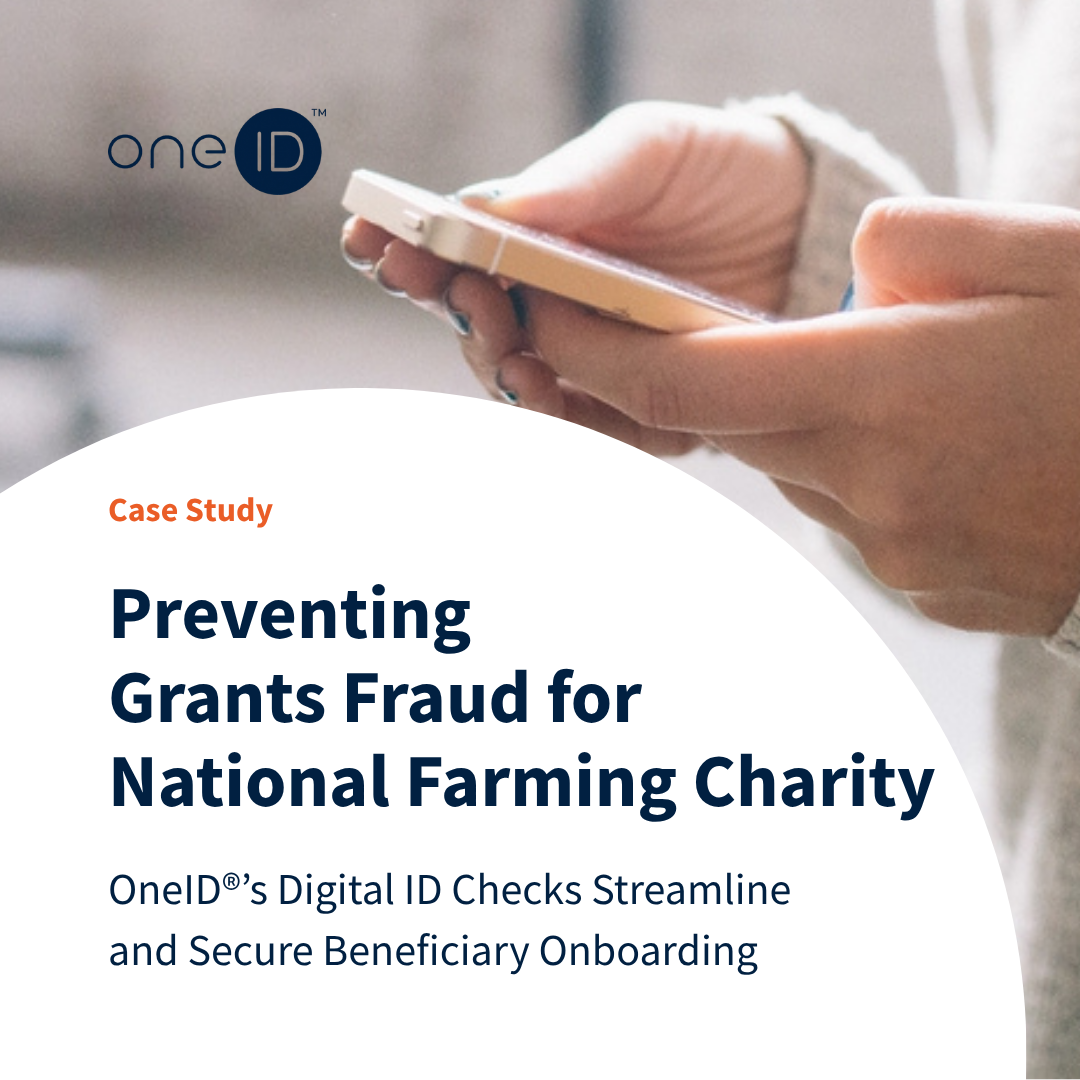Retaining customers is a priority for every business, serving as the foundation for future growth and preserving revenues when times are tough. In offering digital ID verification, banks can support their clients in achieving this: here’s how.
It’s not an exaggeration to say that building customer loyalty is critical to the success of any business. In the fluid world of e-commerce, where competitors are only a click away, it becomes even more central.
This is borne out by the data. Up to 65% of a company’s revenue can derive from repeat business from existing customers , and 57% of consumers spend more on brands they feel a sense of loyalty to. At the same time, it can cost between five and 25 times as much to acquire a new customer than it does to retain an existing one - up to $150 USD a sale, going by data from the US . These savings pay off in more ways than one: increasing customer retention rates by 5% can increase profits by between 25% and a huge 95% .
However, we know the idea of building a base of loyal customers is not a radical innovation in the field of business strategy.
The question then becomes far more challenging: how can customer loyalty be improved, incentivised, and built upon?
One route is by offering an improved user experience, and by streamlining digital payments with digital ID verification, banks and other financial institutions can offer their e-commerce clients a key tool for delivering this via convenience, security and flexibility. Read on to find out how.

Convenience: seconds, not minutes
Convenience is front and centre in consumer decision-making: 76% identify it as their key priority, and almost nine in ten say seamless, flexible and friction payment options smooth their path to completing a transaction.
However, many existing solutions for ID verification online seem to regard this as an afterthought. Customers are often required to download a separate app, and even processes that don’t require leaving the interface they use to access a retailer can take up to five minutes to complete. And with others, even longer. That’s a lot of time for a customer to change their mind, and not exactly supportive of impulse purchases.
In offering retailers a simple, streamlined and seamless solution to allow their customers to prove their identity, bank-assured ID can eliminate – or at least dramatically reduce – the leakage that occurs thanks to these unwieldy, clunky solutions, and help them create the kind of convenient user experiences that will encourage loyalty and retention.
Security: the most advanced counter-fraud measures
In 2022, worries about payment security lie behind up to 54% of abandoned carts in e-commerce.
Trust is therefore clearly a key pillar in building customer loyalty, especially in the anonymous world of online transactions, where many consumers are rightly concerned over the integrity of their private information.
Bank-verified digital ID verification, however, can manage this problem in a number of ways.
Tapping into consumer trust in Banks
Consumers already trust their banks not only with their savings, but with their vital personal data. A recent survey by consultancy Oliver Wyman found that banks were the most trusted institutions in Britain in this regard: more than healthcare providers, insurance companies, supermarkets or even the government. This pattern is repeated in the US, reinforcing the point.
In providing digital ID services, banks can leverage this accumulated trust to add to customers’ faith in the digital payments ecosystem, and support retailers as they seek to cut abandonment rates.
Also, streamlining the verification process does not just offer convenience as a benefit. By cutting down on the information users must upload, it slashes the number of insertion points malicious actors can exploit for fraudulent purposes. Reducing fraud does not just save businesses money – it has the equally important second order effect of increasing consumer trust in the security of a given transaction.

Authentication: at point of transaction and through the entire digital journey
This is the ‘secret weapon’ that bank-verified digital ID can deliver.
Strong Customer Authentication (SCA) was introduced in the UK in 2021 under the EU’s second Payment Services Directive (PSD2) and is highly likely to continue despite Brexit. In order to complete an e-commerce transaction, it requires a consumer to produce a combination of two out of three things: a piece of confidential information like a password, a unique device they possess like a phone, or – less commonly – biometric information like a fingerprint.
It solves the problem of linking a particular customer to their presence online, but the use cases are limited: for example, it doesn’t apply to merchant-initiated payments like direct debits or when card data is kept on file by the retailer. Overall, SCA has its virtues, but its goal is not to deliver the benefits of ID verification, but to improve the security of payments.
Bank-verified digital ID services add to and enrich this capability by allowing a customer to prove they are who they say they are, and that it is them who is present, as part of any digital journey. It allows the delivery of trustworthy proof of information like their name, address or date of birth that is not included in ‘vanilla’ SCA verification processes. In other words, it becomes a ubiquitous and central element of the user’s digital life.
Opportunities to further optimise the customer experience
For banks and other financial institutions, this ubiquity creates substantially more interactions between them and their customers than would otherwise be the case, preserving and adding to the customers’ all-important relationship with their brand. A consistent and frequently deployed interface is simpler for customers to use, the reduced infrastructure and oversight requirements can free up resources from the ‘back end’, enabling them to concentrate on further developing their user experiences.
At the same time, e-commerce stakeholders, and the consumers they serve, benefit in turn from the greater security and trust the technology delivers. More payment providers and methods can be offered to customers than would otherwise be the case, increasing the pool of potential sales, and the greater amount of reliable data captured can act as the basis for loyalty programmes or personalised services, further incentivising them to come back.
If you’d like to learn more about how OneID® can help your organisation fight payments fraud with bank-assured digital identity, click here.
We have also created a report, intrinsically linked to this topical matter: ‘How digital ID can deliver for British consumers and businesses – and how banks can play a lead role’. This report highlights the opportunities that a Digital ID system holds for UK banks, businesses and consumers. Themes covered include: fighting fraud, consumer trust, and modernising payments. It also discusses what Digital ID will deliver and the role that banks play in digital identity.

Last month, we joined Turnkey for an industry event to talk about a challenge many regulated platforms a...

2025 has been a year of continued growth and real-world proof for OneID®. As expectations for identity a...

What are some of the biggest obstacles to growth that traditional or document-based identity verificatio...

A UK-based farming charity needed a faster, more secure way to distribute grants and relief payments. Th...